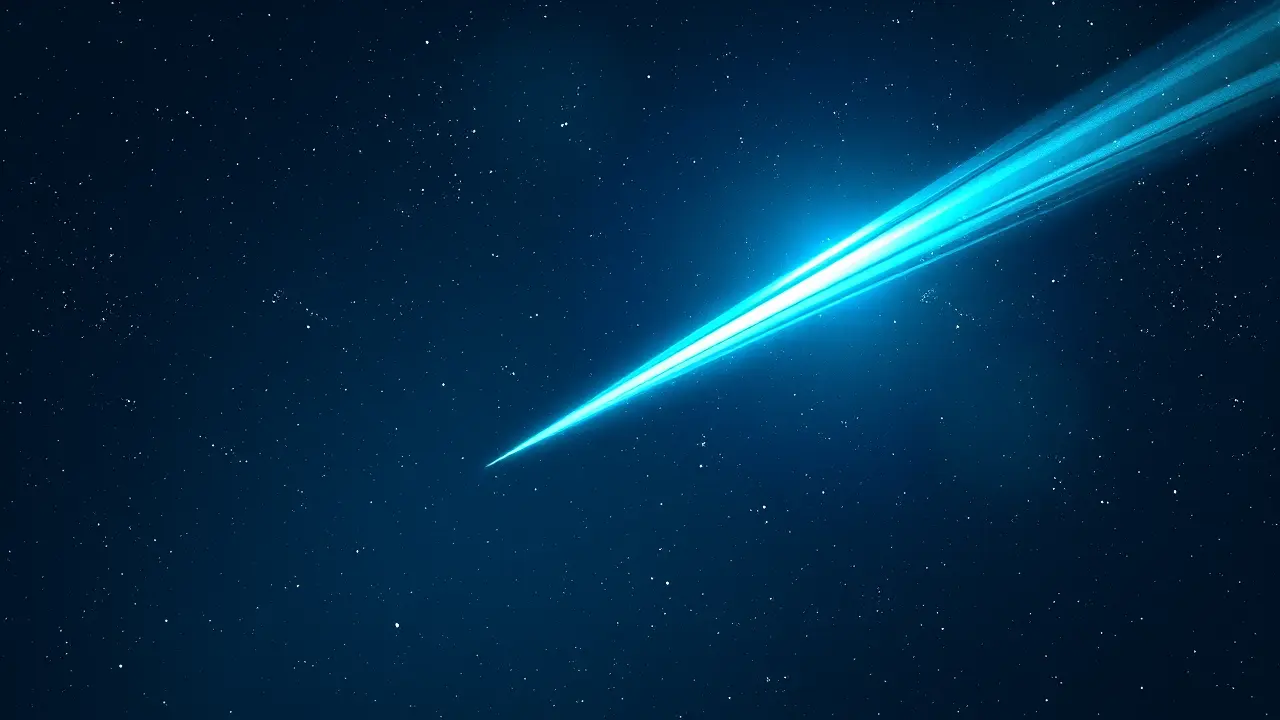How to See Comet Lemmon This October
Look up this October, because the cosmos is offering a fleeting spectacle you won't see again for a millennium. Comet Lemmon, that icy wanderer from the distant Oort Cloud, is making its closest approach to Earth this fall, a celestial handshake before it begins its long, lonely journey back into the outer solar system for another thousand years.Spotting it requires a bit of cosmic timing and the right gear—a decent pair of binoculars or a small telescope under a dark, moonless sky will be your ticket. Think of it not just as a frozen ball of gas and dust, but as a pristine relic from the dawn of our solar system, a time capsule carrying the very ingredients that eventually led to planets and, on at least one of them, us.Its brilliant green glow, a hallmark that gave it its name, comes from diatomic carbon molecules in its coma being excited by the sun's relentless radiation, a process as beautiful as it is violent. This visit is particularly poignant; while we track near-Earth asteroids with pragmatic concern, a comet like Lemmon reminds us of the sheer scale and dynamism of our cosmic neighborhood.It’s a visitor on a hyperbolic or long-period orbit, meaning its path is a grand, sweeping ellipse that takes it far beyond Pluto, a reminder that our sun's gravitational influence stretches almost a quarter of the way to the next star. For context, while we marvel at the engineered precision of probes like Voyager, which took decades to reach interstellar space, Comet Lemmon does this on a natural, gravitational slingshot, a testament to the raw physics governing our corner of the universe.Its appearance is a call to arms for both amateur stargazers and professional astronomers, who will be training their instruments on it to analyze its composition, hoping to decode secrets about the early solar system that even Martian rovers can't dig up. So, find a dark spot away from the city's light pollution, be patient, and let your eyes adjust.When you see that faint, smudgy star with a wispy tail, you're not just looking at a pretty light; you're witnessing a brief, brilliant chapter in a story 4. 6 billion years in the making, a story of cosmic recycling and gravitational ballet. It’s a humbling experience, one that connects us directly to the vast, unexplored frontiers that visionaries like Elon Musk dream of conquering, reminding us that our journey to Mars is just the first small step in humanity's ultimate destiny among the stars.
It’s quiet here...Start the conversation by leaving the first comment.
